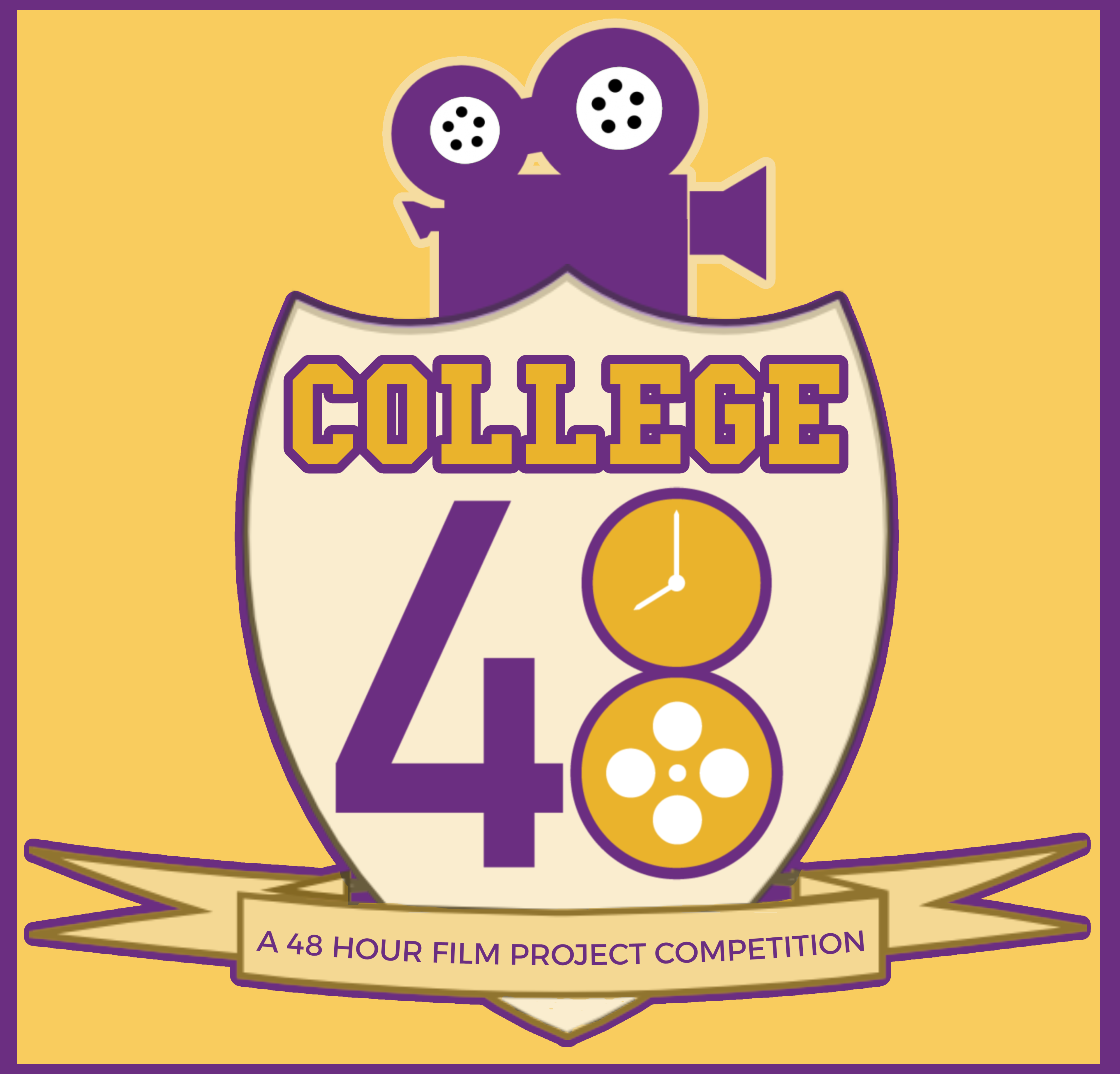Arizona 4
Listen to Arizona 4, a 21-year-old woman from the Navajo Nation’s Tonalea in Coconino, Arizona, United States. Click or tap the triangle-shaped play button to hear the subject.
Both as a courtesy and to comply with copyright law, please remember to credit IDEA for direct or indirect use of samples. IDEA is a free resource; please consider supporting us.
BIOGRAPHICAL INFORMATION
AGE: 21
DATE OF BIRTH (DD/MM/YYYY): 24/11/1991
PLACE OF BIRTH: Ogden, Utah
GENDER: female
ETHNICITY: Navajo
OCCUPATION: student
EDUCATION: bachelor of fine arts
AREA(S) OF RESIDENCE OUTSIDE REPRESENTATIVE REGION FOR LONGER THAN SIX MONTHS:
The speaker lived in Page, Arizona, and Riverside, California, for short periods of time.
OTHER INFLUENCES ON SPEECH:
She was born in Ogden, Utah, but raised on the Navajo Nation’s Tonalea in Coconino, Arizona. She speaks English and Navajo.
The text used in our recordings of scripted speech can be found by clicking here.
RECORDED BY: Micha Espinosa
DATE OF RECORDING (DD/MM/YYYY): 19/11/2012
PHONETIC TRANSCRIPTION OF SCRIPTED SPEECH: N/A
TRANSCRIBED BY: N/A
DATE OF TRANSCRIPTION (DD/MM/YYYY): N/A
ORTHOGRAPHIC TRANSCRIPTION OF UNSCRIPTED SPEECH:
I am from Black Mesa Arizona. It’s on the Navajo Reservation. I grew up with my grandma. I was raised by her — I went to boarding school, from … until eighth grade, and then I actually went to boarding school, like, for [until] my sophomore year of high school and then to public school. I have a little brother, an older brother and an older sister who was also raised by my grandma. My mom had to work, so that’s why she raised us. And on the reservation I learned to herd sheep, uh, grow plants, haul water, chop woods, and do, like — well my chores were chopping woods, bringing in woods, getting coal, and building a fire and taking out the ash, and it would be like that during the winter; it was totally hard, and everyone helped out. And, well, in the winter my brothers would do it, since they’re here, and I would be inside. And my grandmother would teach me how to make bread, but I never wanted to learn to make bread because I think it’s hard and I don’t want to. So, my brothers had to learn to make bread. My sister didn’t learn to make bread until she got a boyfriend [laughs]. And I still don’t know how to make bread. I know how to butcher a sheep and [laughs]. Uh, my grandma is 86 years old now and she still walks. She tries to, I don’t know, she tries to walk like she’s not hurt ’cause she broke her arm and her — she has like screws here in her legs, but she still tries to walk straight. But only when I’m around I know she’s like just like relaxes in her walks and…. my little brother goes to the school I go to now. He goes to Shonto. Oh, no he doesn’t now. He goes to Kayenta High School, Monument Valley High School. That’s the name of it. … [Subject speaks Navajo. Translation: Hello, my name is______. I go to school in Phoenix. My little brother is_______. My older sister is______. My mother is ______. My grandma and uncle live at Black Mesa. ]
TRANSCRIBED BY: Micha Espinosa
DATE OF TRANSCRIPTION (DD/MM/YYYY): 19/11/2012
PHONETIC TRANSCRIPTION OF UNSCRIPTED SPEECH: N/A
TRANSCRIBED BY: N/A
DATE OF TRANSCRIPTION (DD/MM/YYYY): N/A
SCHOLARLY COMMENTARY:
A primary feature of this donor’s dialect is the strong acoustic patterning or upward lilt at the ends of sentences and also within a vowel. A good example of this is on the “school.” The donor takes a ride upward on this single monophthong. Another musical feature to listen for is the contrast in vowel length, as Navajo is a tonal language. The coronal heavy articulation or posture of this dialect create a post-alveolar-produced [s] and [t], a tight r-coloration (tongue has more tension than general American), and a dentalization of [θ] and [ð]. All substitutions come out of the strong position and therefore are not consistent. Note the pluralizing of the word “wood.”
COMMENTARY BY: Micha Espinosa
DATE OF COMMENTARY (DD/MM/YYYY): 19/11/2012
The archive provides:
- Recordings of accent/dialect speakers from the region you select.
- Text of the speakers’ biographical details.
- Scholarly commentary and analysis in some cases.
- In most cases, an orthographic transcription of the speakers’ unscripted speech. In a small number of cases, you will also find a narrow phonetic transcription of the sample (see Phonetic Transcriptions for a complete list). The recordings average four minutes in length and feature both the reading of one of two standard passages, and some unscripted speech. The two passages are Comma Gets a Cure (currently our standard passage) and The Rainbow Passage (used in our earliest recordings).
For instructional materials or coaching in the accents and dialects represented here, please go to Other Dialect Services.
 IDEA: International Dialects of English Archive
IDEA: International Dialects of English Archive





